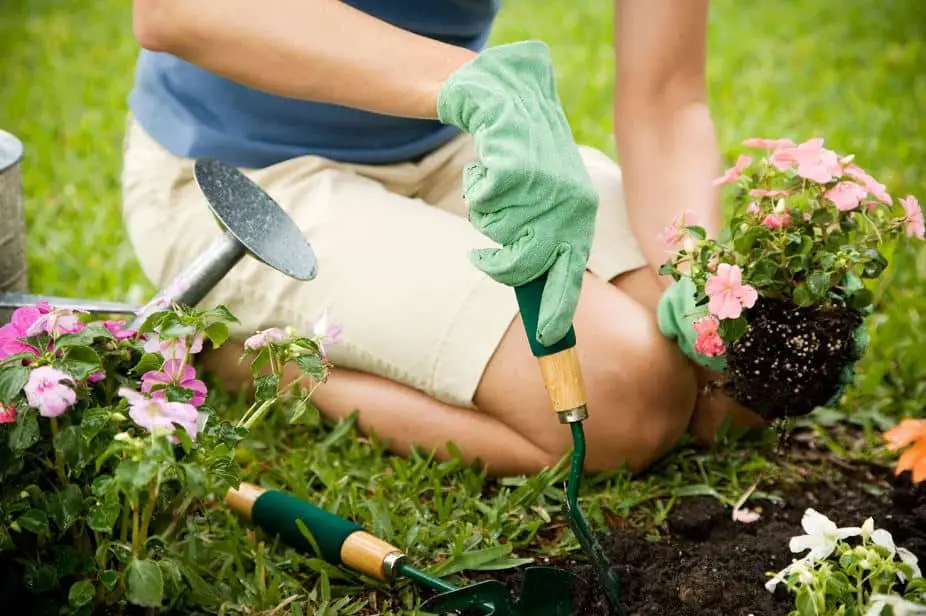Does gardening help you cut down on carbon emissions? If you do it correctly, it can! During photosynthesis, carbon dioxide is absorbed by plants and converted to sugar to provide energy. As a result, when you grow many plants, your garden acts like a living sponge, collecting carbon dioxide. Continue reading to find out about the top carbon sink plants.

What About the Carbon Footprint of Gardening?
Everyone knows that carbon dioxide is the main greenhouse gas contributing to global warming, yet most of us are unaware of how to mitigate it. One method the typical person in the world may contribute to the reduction of carbon dioxide gas (CO2) emitted into the atmosphere is via carbon gardening. More carbon-trapping plants need to be cultivated to take more CO2 from the atmosphere and transform it into organic matter that will be stored in the soil.
Best Carbon Sink Plants
To build a landscape that absorbs and sinks carbon dioxide, it’s essential to choose your plants carefully. Native plants in your area are your greatest options for lowering carbon emissions. Native indigenous plant species establish communities of interconnected and mutually beneficial creatures rather than engaging in direct competition with one another.
By making this decision, fewer chemical fertilizers that contaminate water and release harmful greenhouse gases will be needed. Native plant species in the area can also survive on natural irrigation. Keep in mind that gardening as a carbon sink benefits from geographical variation. This implies that as long as the bulk of the species is local, you may include a few alien or non-native species.
When you are working on carbon gardening, consider the layers of plants. It makes it obvious that more plants would enable more carbon to be removed from the air in a given area. Start with trees because of their massive amount of leaves, particularly evergreen trees, since they continue to “breathe” throughout winter. Install shrubs first, then a perennial layer, and ground cover underneath the trees. Layering will optimize the amount of carbon your garden can absorb.
Other Carbon Sink Garden Tips
A gardener may take a few extra actions to design the most effective carbon garden. Creating and using a home compost is one option. Methane and other greenhouse gases released by landfills are reduced by home composting. Garden compost nourishes the soil bacteria that trap carbon and enhance soil fertility since it contains leaves, grass, woody cuttings, dead plants, and food leftovers.
Compost created at home has many beneficial uses in the garden. It is a fantastic substitute for a fertilizer that lowers the need for synthetic or chemical fertilizers. Additionally, it serves as mulch, protecting plants from weed development and water loss.

